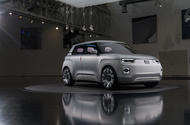The Panda has always been small, but the Centoventi is much bigger – “actually the size of a current Mini”, says Fiat boss Olivier François. “And it’s wide. People want room.”
Fiat is plotting a radical new Panda as a low-cost EV with plug-and-play options while Alfa’s fate hinges on a new SUV
Olivier François has a problem. He’s been nursing, nurturing and nibbling away at an idea he had several years ago – a rather good idea – and although that thought has been turned into a three-dimensional object for us all to see, he doesn’t know when it should be turned into something that all of us might buy.
François is chief marketing officer at Fiat Chrysler Automobiles (FCA) and head of the Fiat brand. His idea is how to set about replacing the Panda, Fiat’s most charmingly basic model, with a car that will have legs for a greener 21st century.
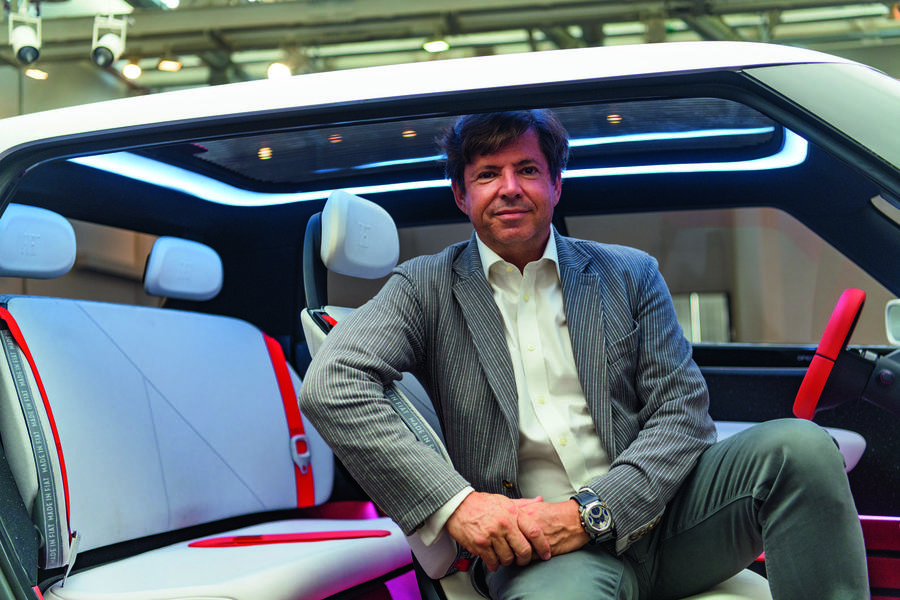
Fiat Centoventi
One look at the Centoventi, Fiat’s concept car celebration of its 120th anniversary, tells you that François and his team have been mulling a lot more than a straightforward replacement for the third-generation Panda. The car you see here would be offered with only one main paint colour – pale grey – in its most basic form and shorn of much equipment. There would be multiple optional add-ons to configure the interior, dashboard and roof, as well as the more fundamental choice of an all-electric drivetrain. More specifically, the electric version would be an affordable battery model, coming as standard with a range of no more than 62 miles. You might well consider this unacceptably limiting, even for an urban runabout. In which case, you can order another 62 miles’ worth of add-on battery pack, by buying, leasing or even renting it, and a couple of packs beyond that, too.
In fact, the Centoventi, and by implication the next Panda, could be all about the add-ons. Among the cornucopia of ideas that it carries is a one-model offering, to which you can add as many or as few options as you like, either when you buy, or after you’ve bought. One benefit of the single-model approach, says François, is that there’s only one version of the car’s wiring loom, complete with all the plug-and-play possibilities needed for post-sale upgrades and add-ons.
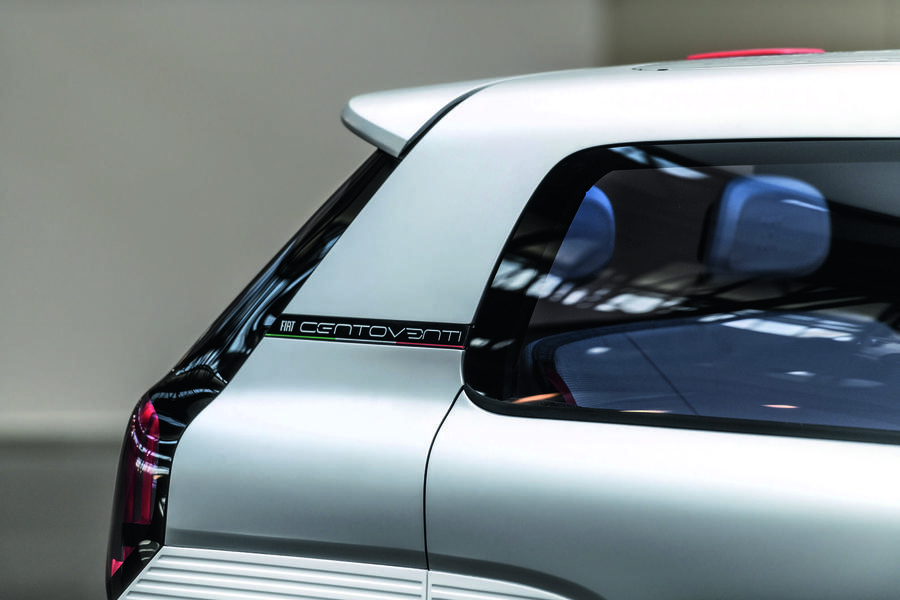
But these are side issues compared with François’ problem, which is all about when. The new petrol Panda should arrive during 2021, but at what point should an all-electric affordable version be offered?
“I want it to be a success,” says François. “It’s a radical approach to electrification. It’s a matter of timing. Some people say we should rush.” But François is not so sure. “When government incentives disappear, electric vehicle price pressure will be at its maximum,” he adds, which is when he reckons there will be room for a “better product”.
Why has this exciting car taken so long to reach fruition, and then only as a concept, albeit a mighty impressive one? The answer, explains François, was the difficulty of choosing the moment to tell his late boss Sergio Marchionne about the idea. The key would be in the pitch – and interesting Marchionne in an area of the market not known for yielding much in the way of profits.
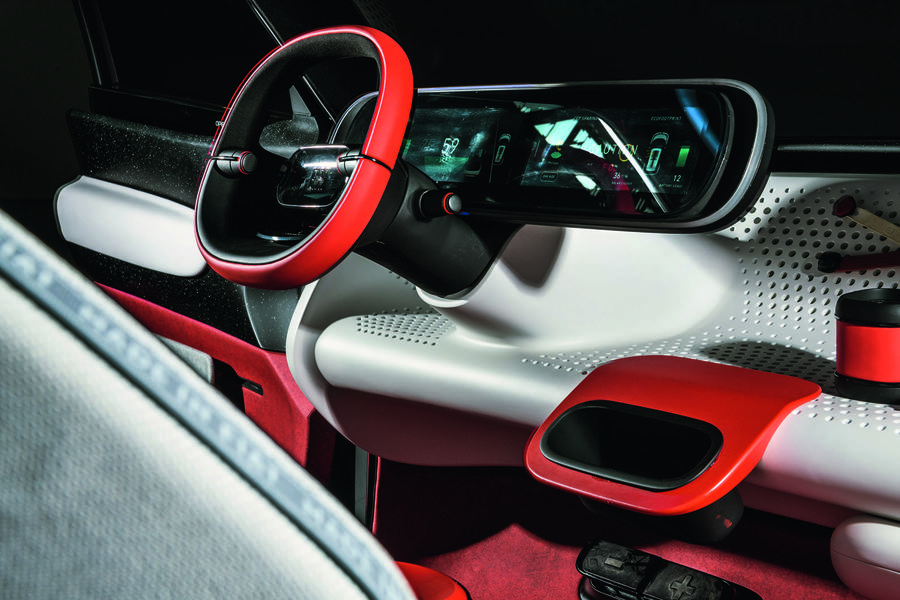
François kept trying to find a suitable slot in a product meeting to present the idea but says he was conscious that Marchionne “thought I was asking for tons of money to do something relatively banal”. Instead, he “printed a pitch, removed the ‘new Panda’ name – it was a barrier to entry with Marchionne – and called it CC4, for city car, fourth generation.
“I gave the pitch on a plane and flipped through it.” Marchionne’s reaction? “I like that.” “Then we started prototyping, although it wasn’t super-urgent. It would have been too early a year ago.”
Keen to find a fresh way to re-engage Marchionne – “we often discussed cars, but didn’t always agree” – François then made a two-minute CGI video. But François will never know if Marchionne ever saw it. A link sent to the boss reportedly wouldn’t open and there was no way of telling whether a memory stick still lying on his desk after he died was ever viewed.
The idea gathered momentum again when it was picked up by Michael Manley, now FCA’s CEO. “Why don’t you show us that concept of yours?” he suggested. Ask François how real this concept actually is and he’ll tell you: “I don’t know yet. I think the looks are very faithful to the next-generation Panda. But, clearly, the style is almost incidental, although it’s one that we like very much. What matters is the concept as a whole. We’ll know very quickly if it’s happening or not because we’re in the process of vetting the future of the Fiat portfolio. We’ve been very active in the last three months.”
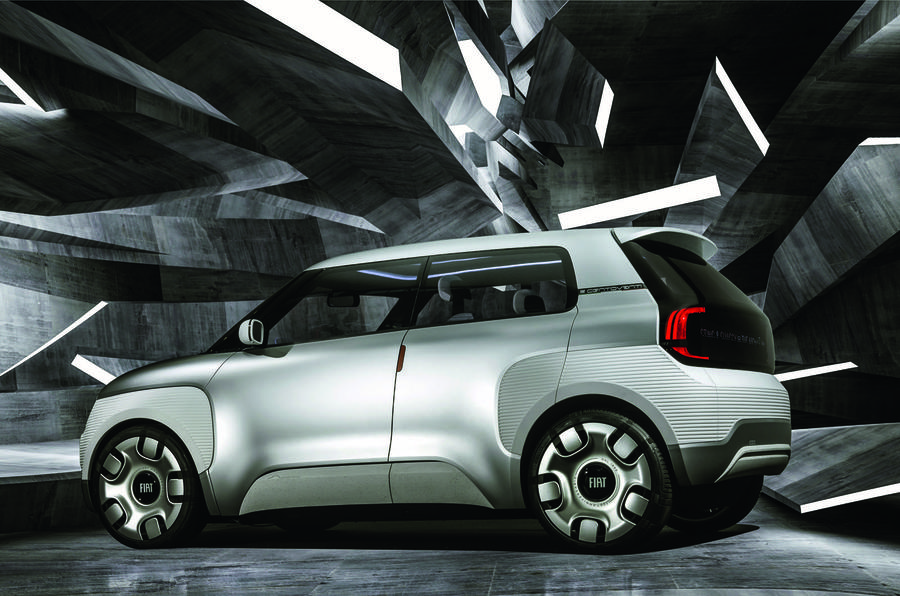
Part of that debate has been around the fact that Fiat’s dominance in the city car segment (it sells one in three of the breed in Europe with the 500 and Panda) stems from offering two very different products – the 500 being premium, the Panda more functional. Broadly, the plan is to once again offer a range of 500-inspired models, replacing the 500X SUV and the 500L, although almost certainly not with an MPV.
The more functional range of family cars will include the new Panda, a new supermini inspired by the 500 Giardinera estate and a Tipo replacement that’s likely to be an SUV, with its design informed by the Centoventi. They will be “cool, affordable, stylish and have clever solutions”, says François. “They won’t have tons of tech. What really matters is a sustainable price, roominess, good design, key equipment and safety.”
New electric Fiat 500 to lead five-model renewal plan
The shifting market won’t be the only trigger to launch the new Panda because the need to comply with tightening EU emission standards will be another driver.
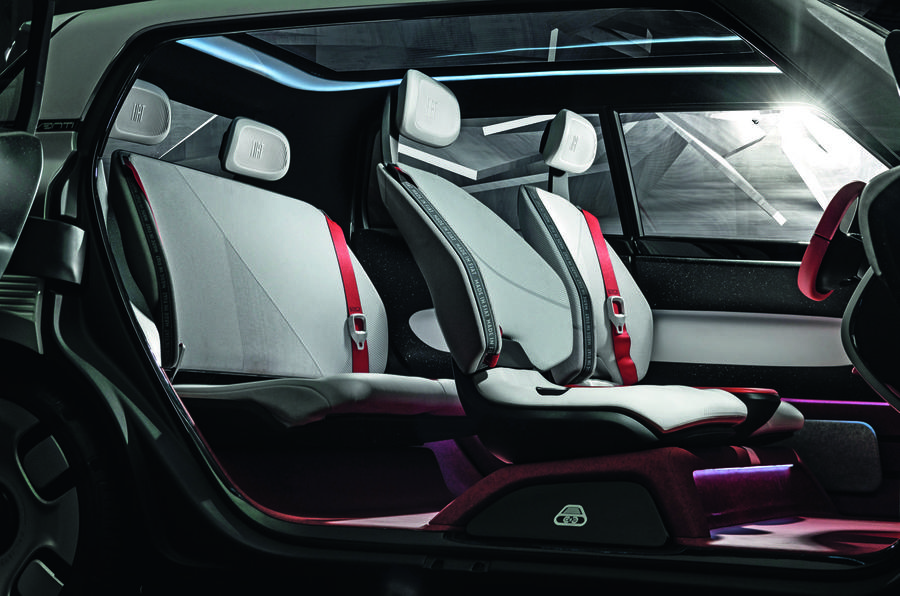
François says: “Let’s say it’s given the green light. Then it needs to be the next defining moment for Fiat – a socially relevant car, like the 1957 500 and the 1980 Panda. I say that not because of my ego, but because that’s my ambition. We want to do a socially relevant car, a city car that’s electric and affordable. And that’s currently an oxymoron.”
Will an electric Panda come? “Yes. Before 2025, perhaps around 2023.”
Alfa Romeo Tonale
It takes 10 seconds to sketch the Alfa Romeo Tonale. That’s according to Alfa Romeo design boss Scott Krugger, who reckons this fact is a “beautiful testament” to its design strength, and to one of a pair of unusual processes that helped create it. Drawing the essence of this car in only 10 seconds might sound a little disappointing. It’s as if there’s nothing to the car, its lines simple almost to the point of crudity. But no. The ability to sketch it this fast – if you’re a highly competent sketcher, that is – stems from the fact that it carries a few strong lines that capture the character of a visually distinctive car.
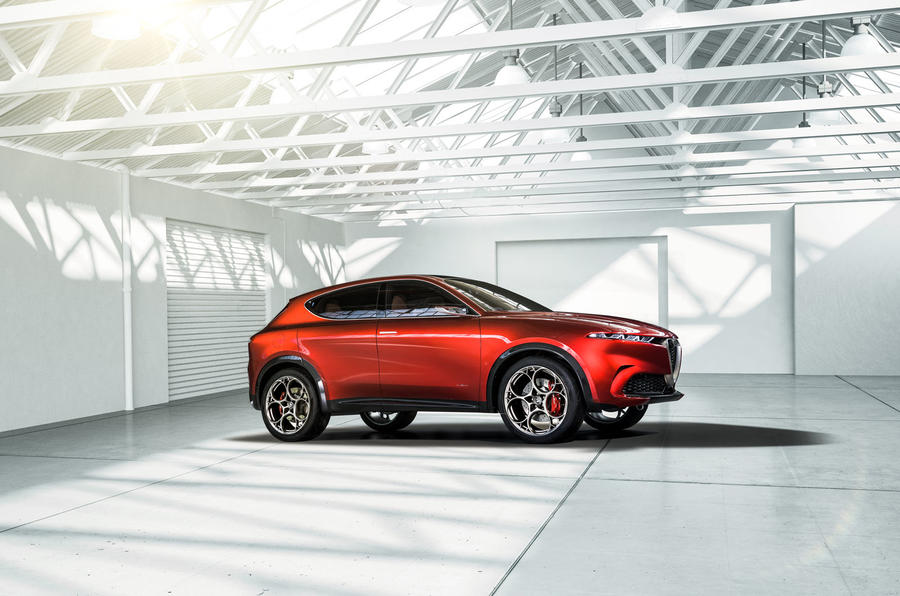
Part of the Tonale design process involved examining some of Alfa’s legendary back catalogue, says Krugger, and understanding the strongest elements of particular models: “You look at a car for 10 seconds, then close your eyes and sketch. That’s why we drew these old cars from memory.” And that’s precisely how the Tonale’s chief exterior designer, Alexandros Liokis, sourced some of his inspiration for this concept, which should appear in production form after the middle of next year.
His inspiration boards include not only evolving renditions of the Tonale but also pleasingly crisp sketches of Alfas past, among them Giorgetto Giugiaro’s 1963 Giulia GT coupé, designed while he was at Bertone, aged 21. Other Alfas influenced Liokis, but the Giulia GT is the chief source and, in particular, the gently arching line that runs from the front wing through to its tail. “The simplicity and structure of this car are the key elements,” says Liokis whose daily driver, incidentally, is a 1983 Giulietta.
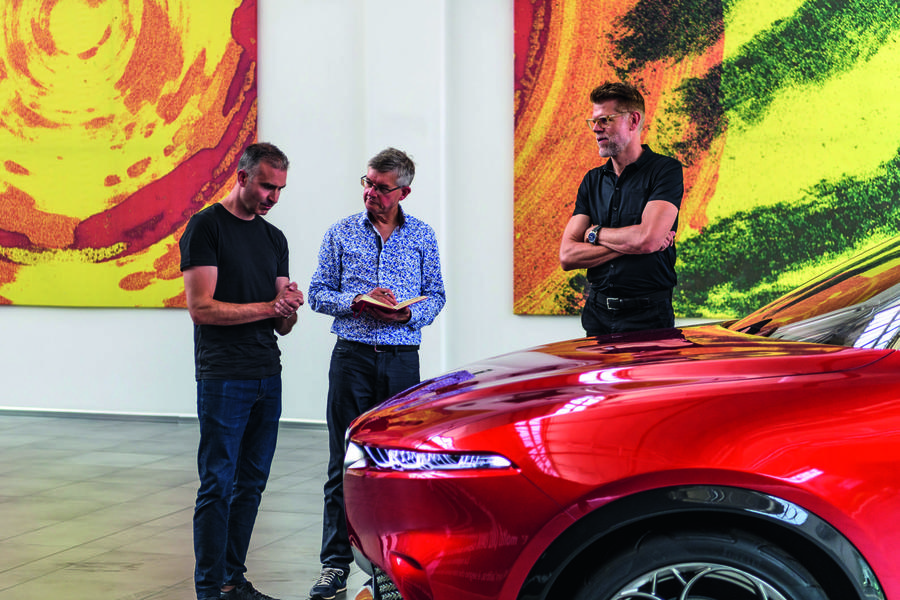
So how close is this concept to the C-segment SUV that the late FCA boss Sergio Marchionne promised last year? Krugger says: “We are near this car. This is our goal. Some elements are conceptual, such as the lights and the mirrors. But we’ll try not to lose the sculpture.” FCA’s European design boss, Klaus Busse, adds that the Tonale was realised not digitally, nor by clay modelling, but through the medium of plaster – an old technique once widely favoured by Italian coachbuilders. Busse has hired the 75-year-old plaster modeller who developed the Lamborghini Countach and Lancia Stratos, two of the most dramatic supercars of the 1970s.
“The eye is 50% of the work, and touch, too,” says Busse. “Sculpture is very important. The translation of the sketch and how you blend the ingredients can only be done by hand.” Krugger talks of purity, too, reckoning that the Tonale “is pure in a time of hyper-design”, a perhaps euphemistic reference to the busy designs of some rivals. Which Alfa Romeo must get out and compete with, because it certainly needs this car. Its European sales have dropped precipitously during the first five months of this year, from 41,646 to 24,252, and US sales are down by a quarter.
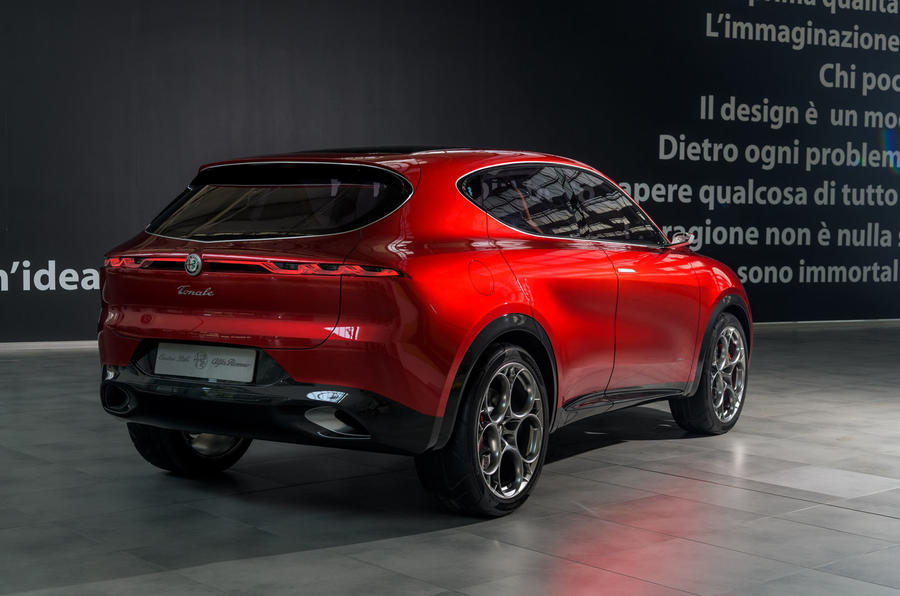
The Tonale, which will compete in one of the market’s hottest segments, was only born as a concept last November, appearing at the Geneva show in March. The real thing will share a platform with the Jeep Renegade, both vehicles to offer a plug-in hybrid option. It’s not yet clear whether this is an all-new platform or a modification of the existing one. Either way, Alfa will need to work hard to develop what is fundamentally a front-drive SUV platform to complement the high standards set by the Giulia and Stelvio, which benefit from their own bespoke Alfa Romeo architecture.
“We have a dynamics team and they understand what an Alfa should be,” says Krugger by way of reassurance. That it will also come as a plug-in hybrid, triggering Alfa Romeo’s transition to still potent but greener powertrains, should add spice to this stylishly desirable compact SUV. It can’t come soon enough.
Read more
Alfa Romeo Tonale SUV shows its face at Goodwood 2019
The story behind Alfa Romeo’s handling reinvention
A fleet of Fiat Chryslers: the best of the maker’s heritage collection
Source: Autocar
